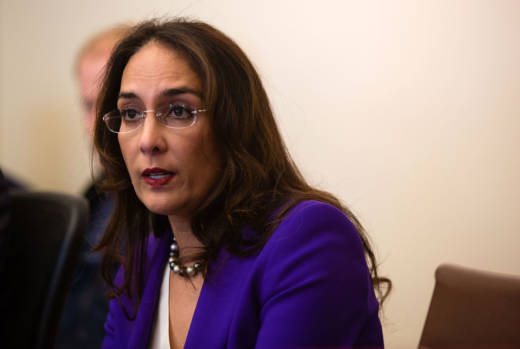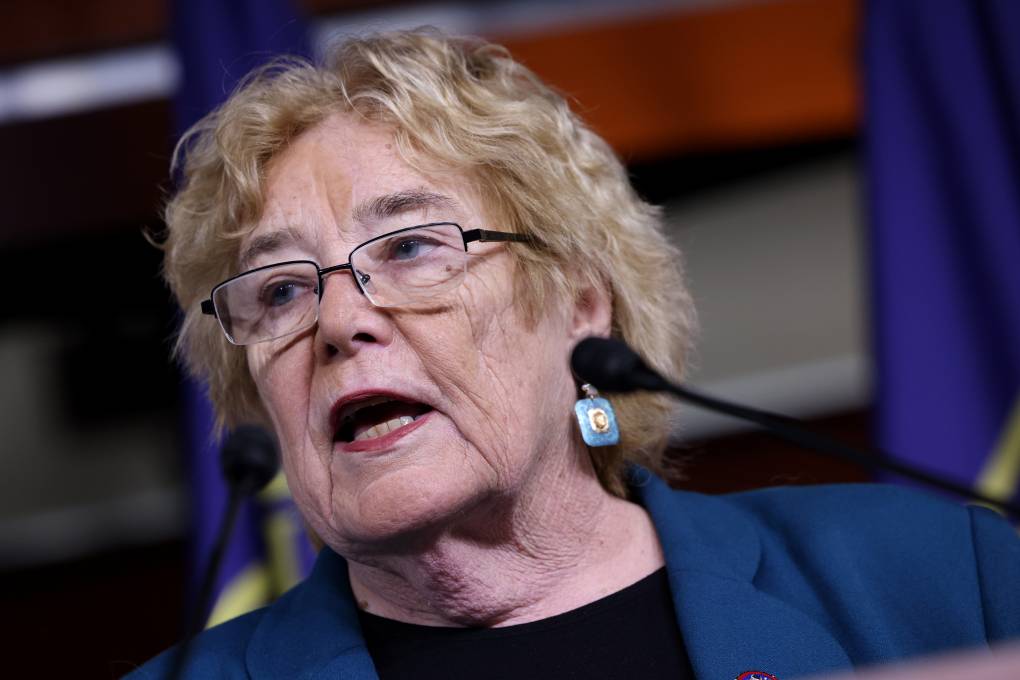President-elect Donald Trump has tapped San Francisco lawyer and Republican activist Harmeet Dhillon to head the civil rights division at the U.S. Department of Justice. Dhillon, a longtime GOP booster who unsuccessfully ran for Republican National Committee chair last year, has been a vocal supporter of Trump — but she was passed over for this same job during Trump’s first term.
In recent years, Dhillon filed lawsuits that endeared her to Republican activists, including targeting Big Tech, pandemic restrictions like vaccine mandates and transgender rights. A favorite on right-wing cable news, she also parroted unfounded questions about the COVID-19 vaccine’s safety during its rollout as she became one of the most high-profile lawyers pushing back against the mandates.
And she embraced Trump’s baseless denial of the 2020 election results with gusto as a legal adviser to his campaign, urging the Supreme Court to intervene.

